EU countries bought record volumes of liquefied natural gas (LNG) from Russia this year, despite the bloc’s pledge to stop consuming Russian fuel by 2027. EU members continued to import significant amounts of liquefied natural gas (LNG) from Russia in the first 10 months of this year, data showed.
Russia's liquefied natural gas (LNG) exports to the European Union (EU) hit an all-time high of 1.75 million tonnes in November, according to energy and shipping data firm Kpler.
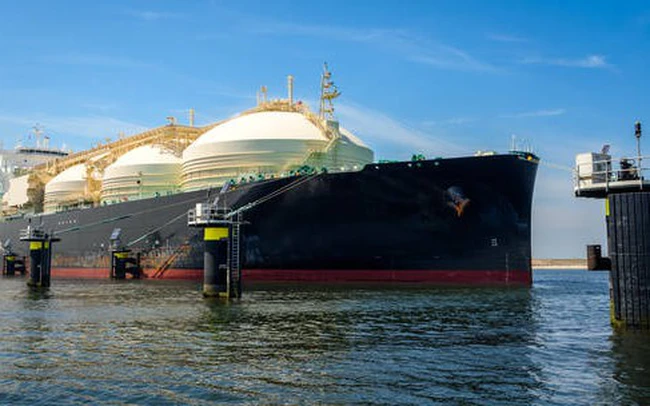
Russia's total LNG exports to the global market reached 2.914 million tons in November, up 9.3% year-on-year. Illustration photo, source Internet
France and Belgium were the top buyers of Russian liquefied natural gas last month. The two countries imported LNG from facilities on the Yamal Peninsula and in the town of Vysotsk. These production facilities are operated by Russia's second-largest gas producer, Novatek. Russia's total LNG exports to the global market amounted to 2.914 million tonnes in November, up 9.3% year-on-year. However, Russian LNG exports to China fell sharply from 0.8 million tonnes in October to 0.1 million tonnes in November. In the first 11 months of 2023, Russia exported 29.1 million tonnes of LNG, down 2.5% from the same period in 2022. Since the conflict in Ukraine broke out, the EU has been aiming to wean itself off Russian LNG. However, this year, Russian LNG exports to the region have increased. Some European countries have even allowed Russian LNG to be transshipped or re-exported by their terminals. In the first nine months of 2023, the EU terminals that received the most Russian LNG were Zeebrugge (Belgium), Montoir-de-Bretagne (France) and Bilbao (Spain). The EU market is becoming more attractive because of significantly lower shipping costs from Yamal, said independent energy expert Aleksandr Sobko. According to the energy expert, the TTF gas futures contract for November deliveries is priced at or higher than spot LNG supplies to Asia on some days. Viktor Katona, an analyst at Kpler, emphasized that China's LNG imports increased in November. Thus, the diversion of Russian LNG to other markets is not due to weak demand in China, but rather to the growing attractiveness of the EU market. In addition, Japan and South Korea continue to buy Russian LNG from the Sakhalin-2 project under long-term contracts with Gazprom. Supplies to Japan in November increased by 22% year-on-year to 0.64 million tons. Meanwhile, Russian LNG exports to South Korea increased by 50% to 0.28 million tons.
The EU has banned seaborne oil imports from Russia since the start of the conflict in Ukraine and significantly reduced the amount of gas shipped via pipeline from Moscow. However, a ban on LNG imports from Russia has so far not been approved despite repeated calls from some EU officials.
Recent data from Eurostat also revealed a similar picture, showing that Russia was the second largest LNG supplier to the EU in the first quarter of 2023, after the US and ahead of Qatar, Algeria, Norway, and Nigeria./.
Vu Tung



![[Photo] General Secretary To Lam attends the conference to review 10 years of implementing Directive No. 05 of the Politburo and evaluate the results of implementing Regulation No. 09 of the Central Public Security Party Committee.](https://vphoto.vietnam.vn/thumb/1200x675/vietnam/resource/IMAGE/2025/5/19/2f44458c655a4403acd7929dbbfa5039)

![[Photo] President Luong Cuong presents the 40-year Party membership badge to Chief of the Office of the President Le Khanh Hai](https://vphoto.vietnam.vn/thumb/1200x675/vietnam/resource/IMAGE/2025/5/19/a22bc55dd7bf4a2ab7e3958d32282c15)

![[Photo] Prime Minister Pham Minh Chinh inspects the progress of the National Exhibition and Fair Center project](https://vphoto.vietnam.vn/thumb/1200x675/vietnam/resource/IMAGE/2025/5/19/35189ac8807140d897ad2b7d2583fbae)


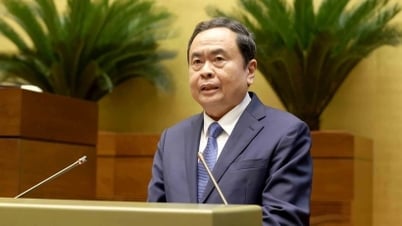
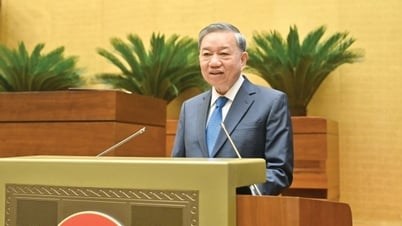
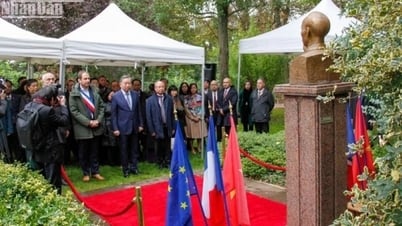












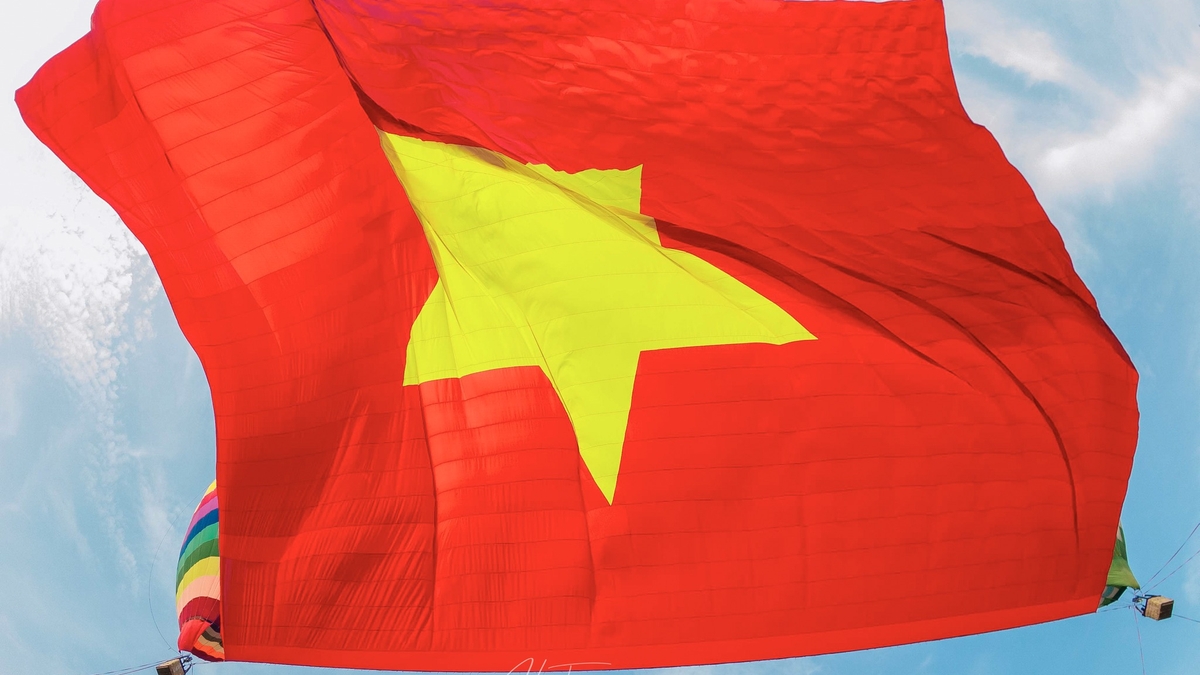





















































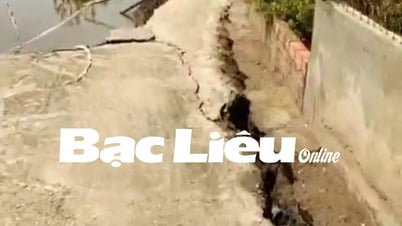


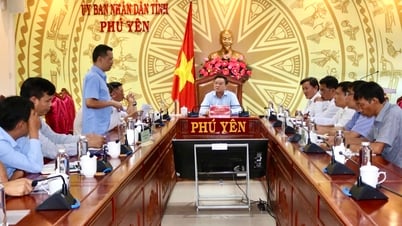


![[VIDEO] - Enhancing the value of Quang Nam OCOP products through trade connections](https://vphoto.vietnam.vn/thumb/402x226/vietnam/resource/IMAGE/2025/5/17/5be5b5fff1f14914986fad159097a677)





Comment (0)